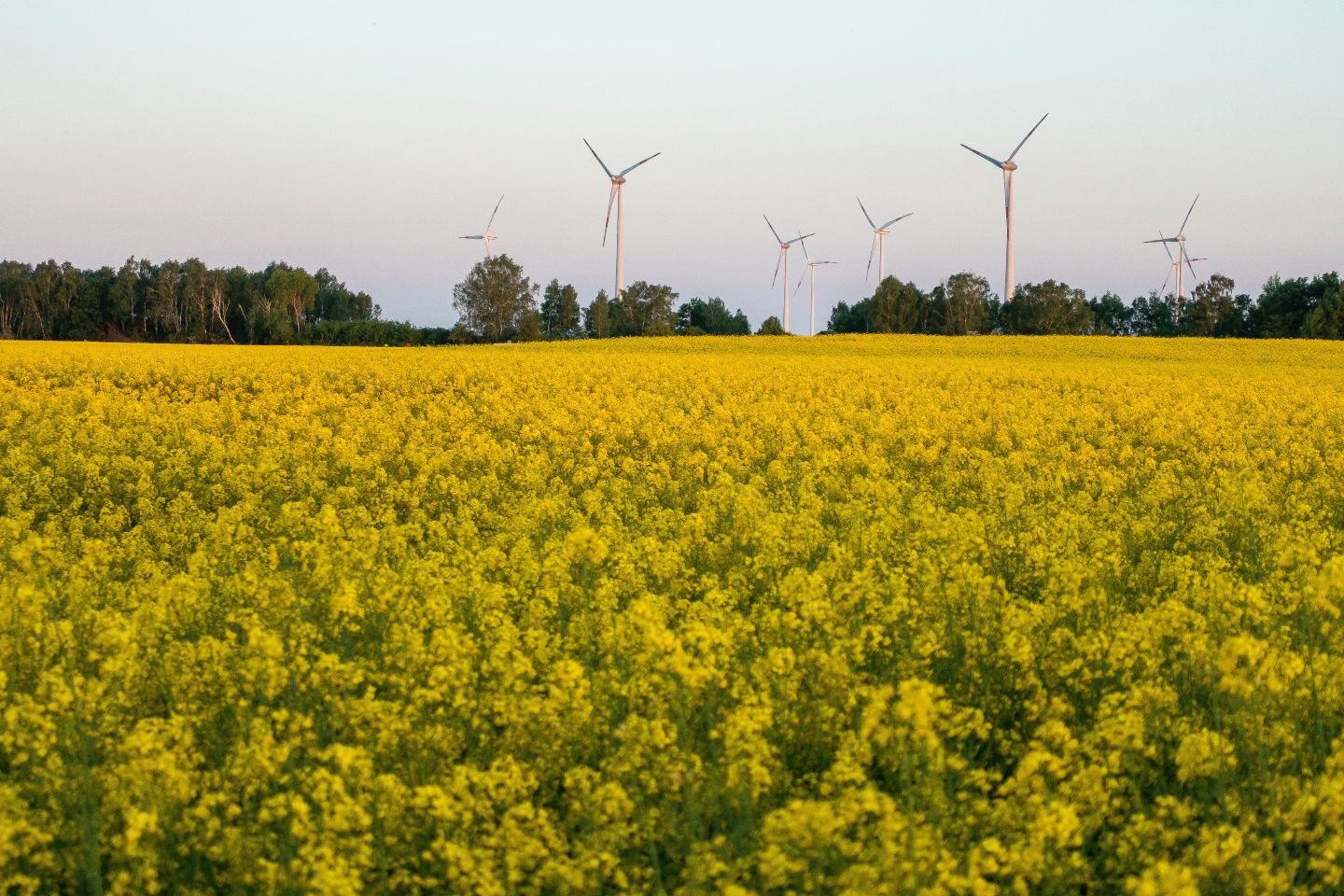The third Intergovernmental Panel on Climate Change review of climate science was released just one week before the start of the federal election campaign, and it makes for sobering reading.


The third Intergovernmental Panel on Climate Change review of climate science was released just one week before the start of the federal election campaign, and it makes for sobering reading.
The IPCC report suggests the world has failed to make the changes needed to reduce carbon emissions, and it is now “almost inevitable” that global temperatures will rise by more than 1.5°C compared to pre-industrial levels.
However, one of the more surprising aspects of the current federal election campaign is just how little climate change features in policy debates between the two main parties.
The Morrison government committed to achieve the net zero emissions target by 2050, and the federal budget handed down in March reaffirmed this commitment.
However, the commitments to fight climate change in last month’s budget are set to decline by 35 per cent over the next four years, from $2 billion in 2022-23 to $1.3 billion in 2025-26.
The reduction in spending on climate measures, coupled with the lack of a detailed plan on clean energy transition, make it difficult to see how the target will be met.
The coalition committed last year to reduce emissions by between 26 and 28 per cent by 2030 compared to 2005 figures.
But Australia’s carbon emissions are already 20 per cent lower than in 2005, which means the government is committing to nothing more than continuing with current rates of emissions reduction, which is nowhere near enough.
Labor under Anthony Albanese has committed to a 43 per cent reduction in carbon emissions by 2030.
This at least beats the coalition’s offering but would still leave Australia 20 per cent short of net zero by 2050.
And the ALP has offered little in the way of detail to explain how its targets would be achieved, other than to reaffirm existing coalition policies.
There’s a real danger that a lack of ambition from either party on climate action over the next decade will leave us with far too much to do after 2030 to get to net zero by 2050.
To avoid catastrophic climate change, it is crucial that Australia cuts more greenhouse gas emissions this decade than either party is committing to.
Investment in low-emission energy technologies such as liquefied natural gas and hydrogen are welcome, but too many other promising strategies are not given sufficient commitment.
The battery industry provides a critical opportunity to reduce greenhouse gas emissions through the transition from conventional internal combustion vehicles to zero-emission battery electric vehicles.
Accelerating the growth of renewable technologies to achieve the net zero emissions target through green fiscal stimulus can also spur economic growth and job creation in the post-COVID period.
The transition to renewable energy is crucial not only for achieving the 1.5°C limit, but also to ensure energy security in the event of geopolitical issues such as the present Russia-Ukraine conflict.
Regardless of who wins the upcoming election, the next Australian government needs to redouble its support for transition to renewable energy.
With the world already falling behind when it comes to emissions reductions, Australia can’t afford to fall asleep at the wheel on the road to net zero.
• Dr Abebe Hailemariam is a research fellow at the Bankwest Curtin Economics Centre





